Catalytic Fund promises to revitalize Mozambican private sector
Poverty rate soared in Mozambique – O País
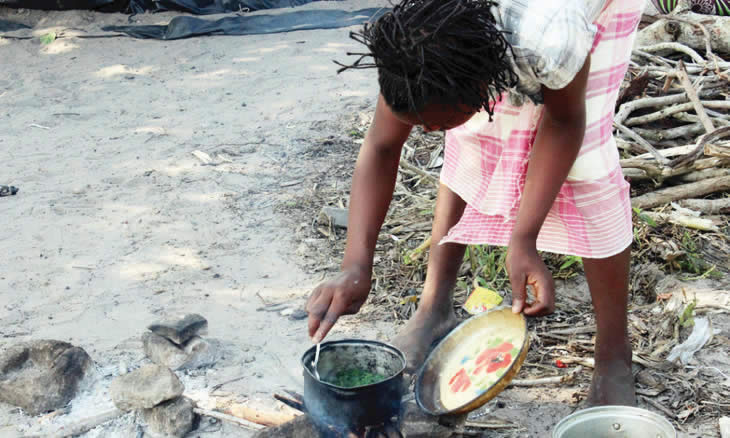
File photo: O País
The number of Mozambicans in extreme poverty has increased by 55 to 60 percent since 2015, meaning that presently more than half of the population is poor, says the Ministry of Economy and Finance (MEF).
After substantial strides between 1996 and 2014, the poverty rate in Mozambique has soared in subsequent years, as a result of the economic crisis that has pushed many families into destitution.
Based on the consumer price index and data from the 2014/15 Household Budget Survey, the MEF estimates that the cost of a staple food basket may have increased between 55% and 70% in the period between 2014 and 2016, driving national poverty rates up between 55% and 60% in the following years.
Before the crisis, the indigence rate stood at 46.1%, with between 10.5 and 11.3 million people in absolute poverty, up from the 12 million figure registered between 1996/97.
“The results of our study provide important elements for a more complete assessment of the microeconomic impact of the 2015/16 crisis and for an analysis of households’ vulnerability to sudden price changes,” the latest MEF report consulted by O País reports.
Despite the increase in the poverty rate, the report released on the official website of the MEF states that the welfare levels experienced by the Mozambican population are improving significantly, although challenges remain.
“However, these advances have not helped in a convergence of welfare levels among rural and urban areas or among geographical regions, and very substantial differences in welfare levels persist. Living conditions in the south are much better than in other regions, in almost all welfare dimensions considered and according to all methods,” the report says.
Poverty by region
From a regional perspective, the MEF points out that poverty reduction was rapid in the southern provinces, where the rate declined by about 18 percentage points, especially in Maputo province. The reductions were significant but less rapid in the centre where rates fell by around 11 percentage points.
In conclusion, the evaluation notes that over the past two decades, Mozambique has made significant progress towards its development.
The report also shows that large differences remain between socioeconomic groups and geographical areas in terms of well-being, with these differences tending to remain or even increase.
In general, inequality and geographical differences increased. “This gives rise to the indispensable need for spatially, economically, infra-structurally and socially balanced policies, both from a welfare and political economy perspective,” the report emphasises.
The report was produced under the Inclusive Growth Programme in Mozambique: Strengthening Research and Capacities [Programa Crescimento Inclusivo em Moçambique: Reforçando a Investigação e as Capacidades (IGM)], implemented in a partnership between the Directorate for Economic and Financial Studies (DEEF) of the Ministry of Economy and Finance and the Centre for Economic Studies. and Management (CEEG) of the Faculty of Economics at the Eduardo Mondlane University.
The IGM Program is funded by Denmark, Finland and Norway. The next report on poverty and welfare in Mozambique is scheduled for 2021.
By Edson Arante


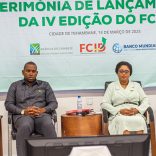
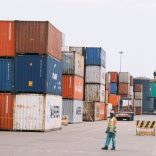



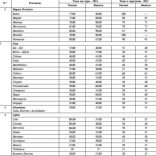
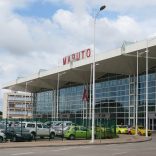



Leave a Reply
Be the First to Comment!
You must be logged in to post a comment.
You must be logged in to post a comment.